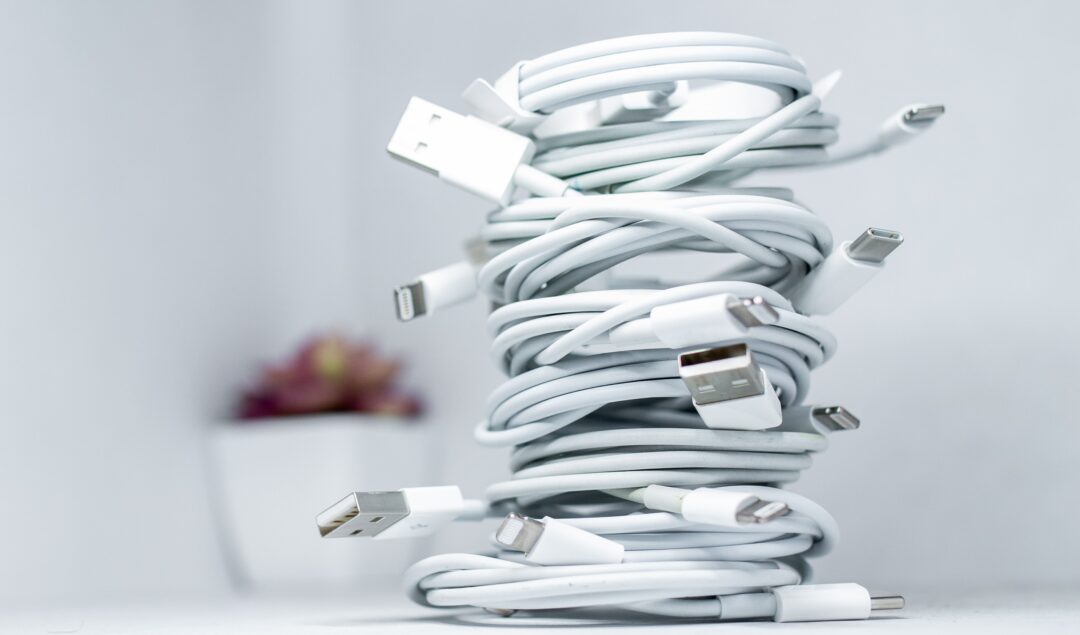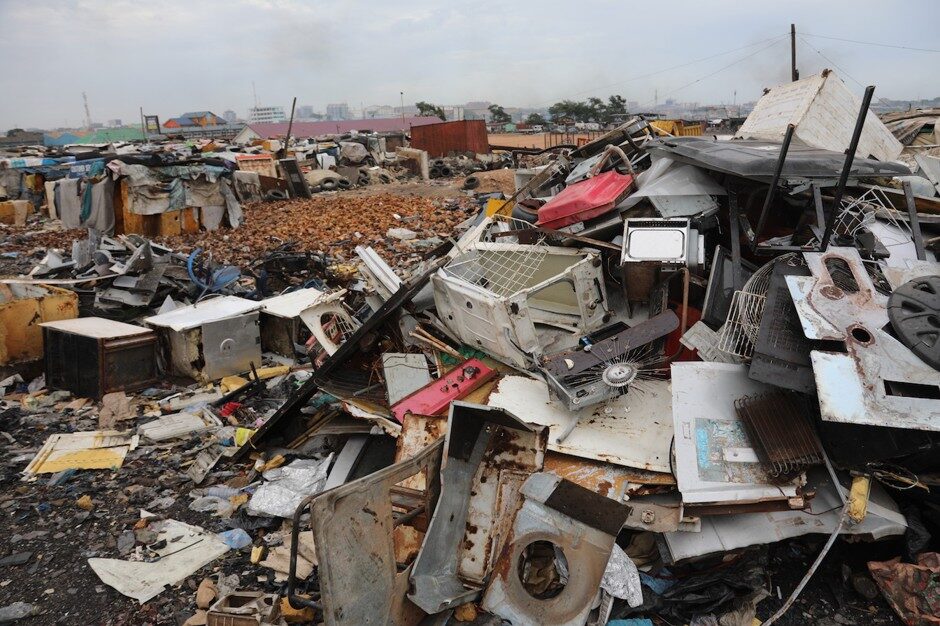Millions Of iPhone Chargers To Be Dumped In Africa As Europe Switches To USB-C

Africa is the dumping ground for 85% of the planet’s e-waste – a situation likely to get worse as Apple prepares to switch iPhone lightning ports to USB-C ports.
The E-Waste Issue In Africa
E-waste is becoming a prominent issue in Africa because old goods are exported from high-income countries to low-income countries. In addition, as fewer regulations are being enforced in Africa, it is easy for discarded electronic items to find their way into the continent.
Discarded chargers generate more than 11,000 tons of e-waste each year, and according to a UN Environment Program report, 85% of e-waste ends up in Africa, specifically west Africa. As a result, the problem has severely threatened the health of children and residents.
A report by Bloomberg revealed the problematic livelihood of those living in Agbogbloshire, an area in Ghana that has been heavily exposed to the toxic e-waste, which has resulted in many spending their days – and nights – sorting through electrical waste.

The Agbogbloshire electrical dump is a result of the first world’s increased demand for electronic equipment. In addition, the constant need to upgrade their device has resulted in many throwing out their old ones, which leads to an increase in e-waste.
The switch to USB-C
Earlier this year, the European Parliament voted to require all portable devices to use a single type of charger, something major tech companies like Apple have tried to steer away from. The aim is to promote consumer convenience and reduce e-waste and will come into force from 2024 for smartphones and tablets and 2026 for laptops.
Not only is e-waste highly harmful to the environment, but hazardous wastes which are corrosive, reactive, and toxic also contribute to the contamination of lakes, streams, and even the ocean.
Although this rule may be beneficial, it may also mean those iPhone users who want to upgrade their devices will have to dispose of their old chargers to get new ones.
Some USB-C chargers also use different wattages and speeds, so not all chargers will be interchangeable. The European Commission proposed introducing “requirements so that, when purchasing a mobile phone or similar item of radio equipment, end-users receive the necessary information on its charging performance, characteristics, and the charging device that can be used with it.”
While many African countries are leading the way in the management of e-waste, how the continent will deal with the influx of Apple chargers from 2024 has yet to be seen.



